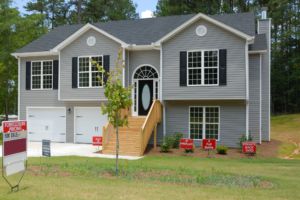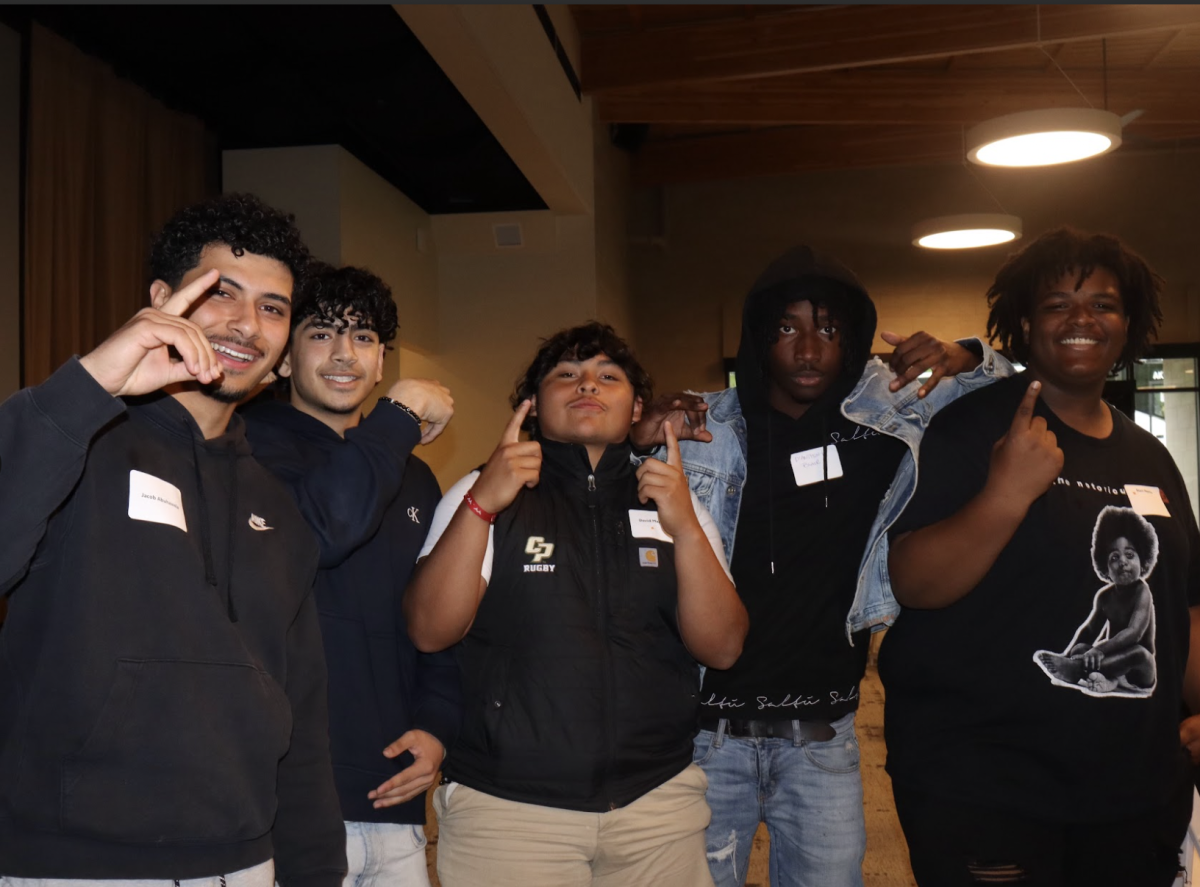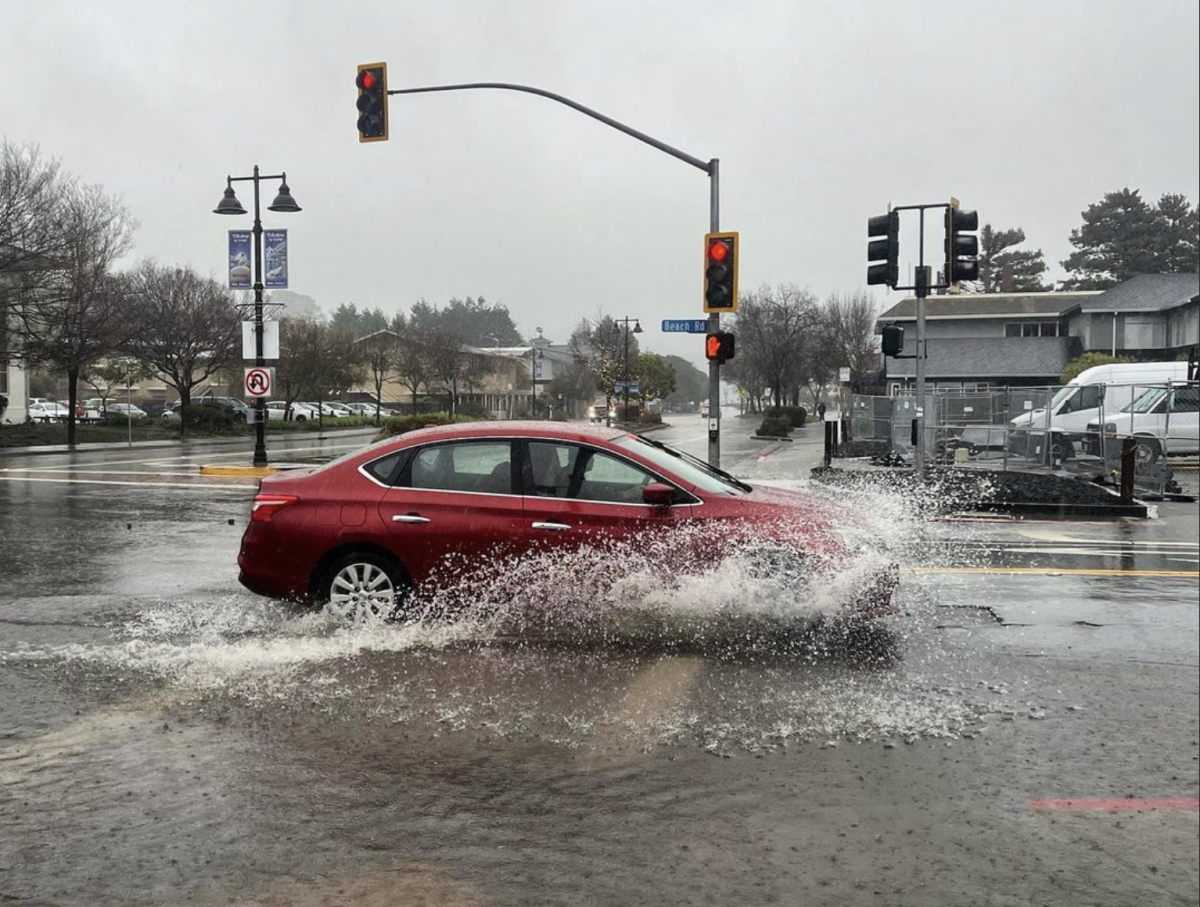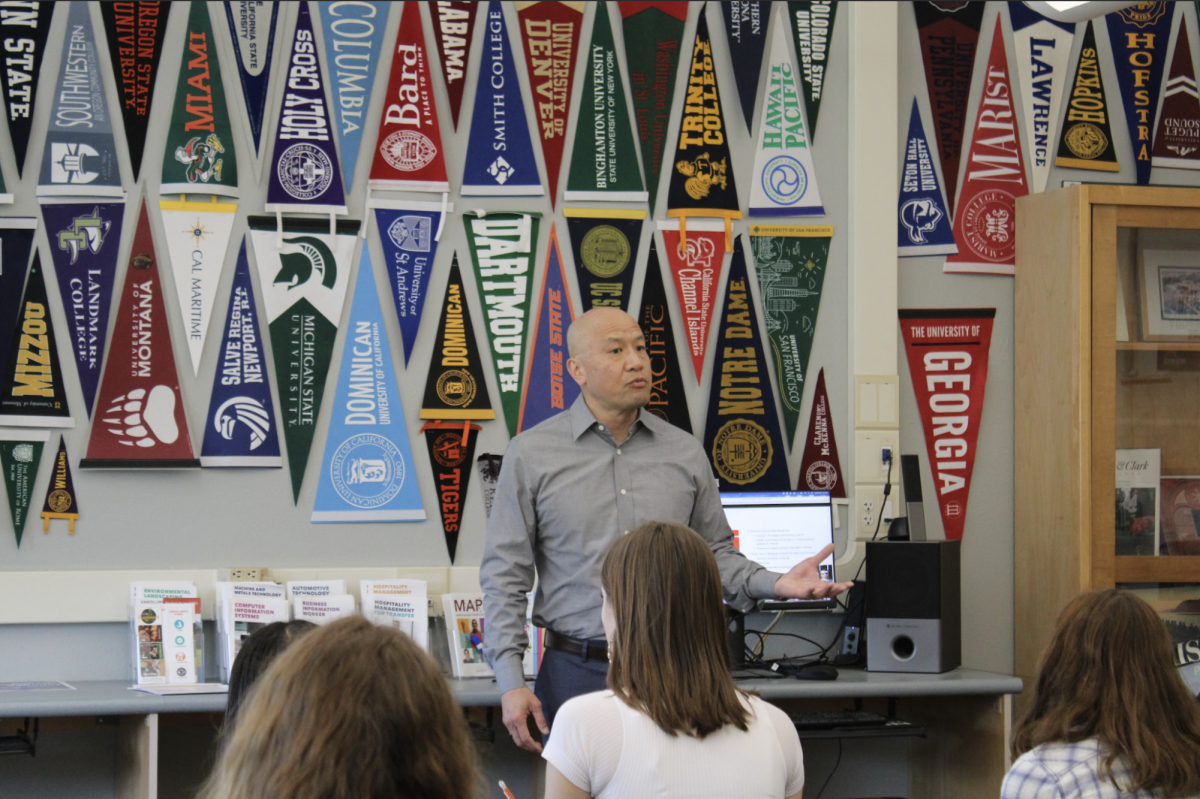
Housing prices in Marin are not the same as they were a few decades ago. Fiona Allan, an English teacher at Redwood and Marin native, estimated that when she was growing up, houses in Marin used to sell for about $35,000 to $40,000. According to the Marin IJ, the average price of a Marin home in 2016 was $824,500, and this year the average home price is $952,250, as of November.
“The houses there were always so dinky and cute, and then the same things happen. People go in and tear these little cottages down,” Allan said.
However, as Marin became increasingly affluent, buyers often renovated these small cottages and built large homes instead, according to Allen.
“People move to Marin because they think it’s so quaint, beautiful and lovely. The problem is that when you come here for this tranquility, beauty and community and then you tear down homes and build big homes and fences that have big cars in the street, you kind of change what you came here to enjoy,” Allan said.
Ever since the financial crisis in 2008, the real estate market has rebounded in Marin County and continues to grow. According to CoreLogic research analyst Andrew LePage, this past summer across the Bay Area, real estate markets surged and financial markets soared.The price upswing subsequently led to a 15.5 percent increase in the housing prices in Marin County as of this past November, according to the Marin IJ.
According to a Paragon Real Estate article, the new tax changes are expected to cause “economic devastation” as of 2018, however, the state legislature is working to block any possible negative impacts. According to Marin County Residential Real Estate, the new tax bill could potentially raise the net cost of buying houses, impact state and local taxes (SALT) and cause mortgage interest deduction.
Economics teacher Paul Ippolito described the challenges that current and future generations will have to face as they look for homes in a desirable place like Marin.
“Now it’s terrible for non-homeowners because rents are going up at a very fast rate so it’s making it very difficult and millennial buyers just don’t have the down payment,” Ippolito said.
Real estate agent Stacey Lamirand has worked in Marin and San Francisco for the past 21 years. Lamirand referenced the concept of supply and demand in housing, as Marin is a highly attractive place to live, especially considering its proximity to San Francisco.
“When everyone wants to live in a certain place and you have mountains, oceans and bays preventing you from urban sprawl, not like Los Angeles where you can just spread out. You have things around and you can’t just build everywhere so you have a finite amount of inventory. There’s only so many homes and there’s only so much land to build,” Lamirand said.
Although Lamirand’s business has benefitted from this price fluctuation, unfortunately the lack of diversity in the community only attracts people of a certain affluence, according to Lamirand.
“Personally, I really wish we had more diversity in Marin, that’s the only thing I really wish we had more of. I don’t just mean ethnically, I mean socioeconomically,” Lamirand said. “I just think we have so much to learn from different people from different backgrounds and different experiences. It’s a shame that it’s so homogenous.”
Recollecting the sense of community that she once knew as a young child who would play in the street with her neighbors, Allan said that the changes in housing prices and size has caused a less interactive community than the one she experienced as a child.
“Here we have these big homes and these big gardens and these big fences. We kind of create our own world that we don’t want to leave, so we have all these individual worlds living side by side with no crossover or interaction,” Allan said.
Despite the crowding that Allan has experienced firsthand as a resident, she still has hopes for a the development of a strong community.
“Do we all want to live in these big separate universes or do we want to interact a little bit more and have that sense of community?” Allan said.
Regardless of how the demographics and community develop, Lamirand predicts that the economic future for Marin’s housing will stay about the same or increase slightly, assuming that the financial market does not crash again.
“I see another generation of people, the baby boomers, [that] are going to start downsizing which will create more supply. The millenials are all aging up, they’re starting to have families and they’re going to be buying all of those baby boomer homes. So I think it’s all going to be staying about the same,” Lamirand said.
Ippolito shared a similar prediction as Lamirand in the future of housing for Marin.
“I don’t see it changing. It would take the economy to collapse or interest rates to go way up if it were to change,” Ippolito said.
In contrast, Allan predicted that the future of Marin housing seemed to be going downhill, as prices have increased so dramatically.
“Things seem to be getting to the point where there might be a big bubble crash again so maybe this is just a step in that direction,” Allan said.

















